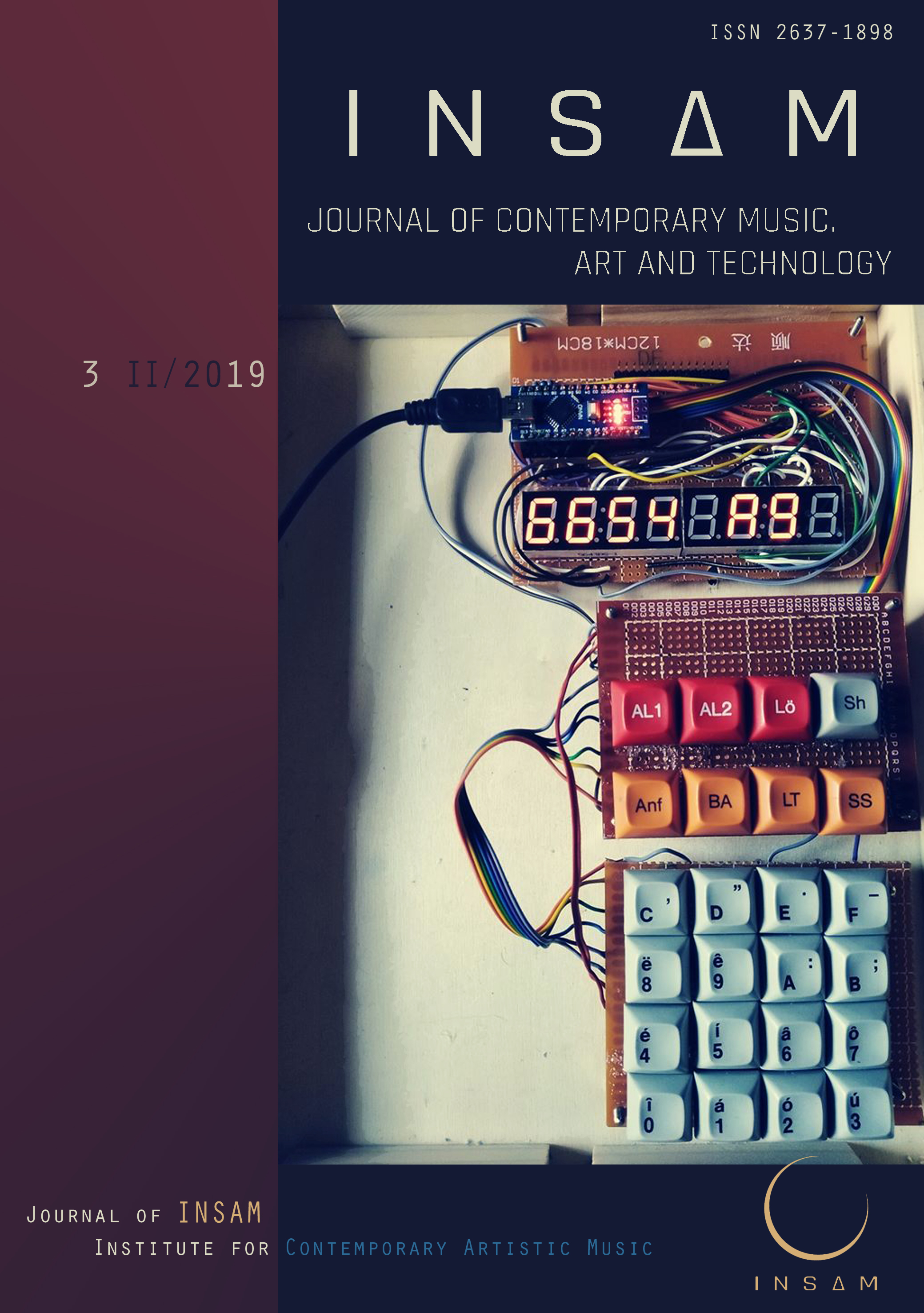Reverse Archaeology – Synthetic Surrogate as Ghosting Object
Reverse Archaeology – Synthetic Surrogate as Ghosting Object
Author(s): Đenita KuštrićSubject(s): Media studies, Visual Arts, Theory of Communication
Published by: INSAM Institut za savremenu umjetničku muziku
Keywords: reverse archaeology;copy;post-artifact; ghosting; shift; boomerang; synthetic; contemporary fine arts;
Summary/Abstract: In the second half of the 20th century, the great technological innovation of synthetic plastic matter as a natural materials surrogate created a major shift in postmodern fine arts as in total civilization. Initially invented to preserve endangered natural resources, overtaking the salvific role, fine arts technologists began to make substitutions and copies of artifacts which needed to speak for the original in their protected absence.For the past several decades it has been scientifically proven that the sesynthetic masses are not biodegradable. They achieve an aura of endurance and become “super-originals”. Where there is a substitute, a synthetic surrogate, the original is in its absence what I call the “ghosting object”. This principle of the indirect comprehension of life and anthropogenical ternations will deeply influence human communication in general.Living in such a mediated, time-relational reality, one of the tendencies identified and presented here is the reverse archaeology approach—making a past-related artifact from the future. Reverse archaeology is about using fragments of past eras to deduce an image of the vanishing world which produced them and generate a fragment of the world to come.
Journal: INSAM Journal of Contemporary Music, Art and Technology
- Issue Year: 2019
- Issue No: 3
- Page Range: 43-54
- Page Count: 12
- Language: English

